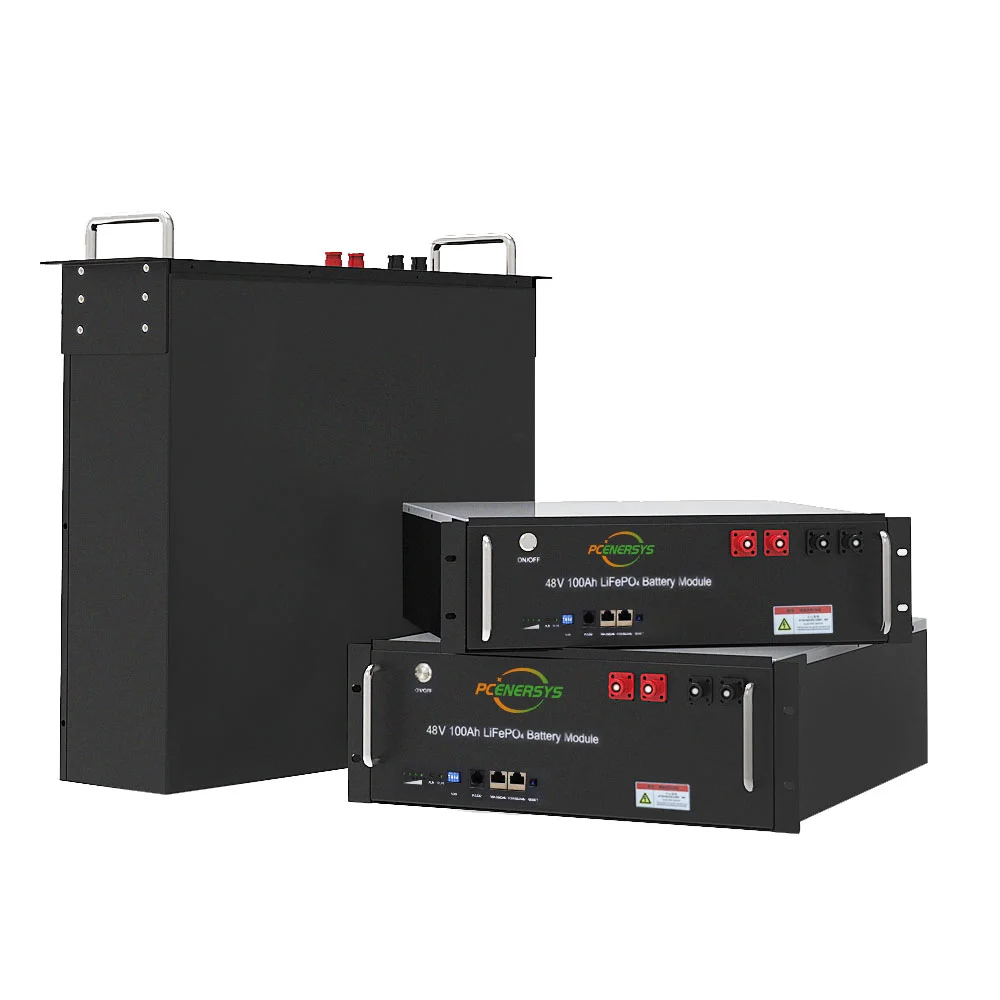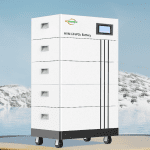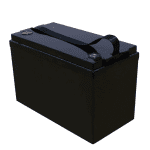Capacity fading is inevitable when using a 100Ah energy storage LiFePO4 battery, directly leading to decreased battery performance. In this article, we will explain how to solve this problem and tell you how to significantly extend the service life of 100Ah energy storage LiFePO4 batteries and practical methods to overcome capacity fading to help our users use 100Ah energy storage LiFePO4 batteries. LiFePO4 batteries can maintain optimal performance throughout their life cycle.
Reasons for capacity decline of 100Ah energy storage LiFePO4 battery
One of the causes of capacity fading in 100Ah energy storage LiFePO4 batteries is the degradation of electrode materials. During charge and discharge cycles, repeated lithiation and delithiation processes lead to structural changes in the electrode material. This results in the formation of a solid electrolyte interfacial layer as well as mechanical stress and particle fracture, which gradually reduce the ability of the active material to store and release lithium ions. Temperature changes will also affect battery capacity fading. Increased temperature accelerates chemical reactions within the battery, promoting faster electrode degradation and increasing the rate at which the solid electrolyte interface layer forms. Excessively high operating temperatures can also lead to accelerated side reactions and capacity loss.
Voltage stress is also a factor. Operating LiFePO4 batteries at high voltages, especially during charging, accelerates side reactions and promotes electrolyte decomposition. This affects the stability of the solid electrolyte interface layer and causes the loss of lithium ions, reducing the overall capacity of the 100Ah energy storage LiFePO4 battery. Overcharging and deep discharge are also common causes of capacity fading. This causes electrode degradation, and deep discharge can lead to the formation of lithium dendrites, which can puncture the separator and cause short circuits, ultimately reducing the battery’s capacity and cycle life. The above 4 points are common causes of attenuation.
100Ah energy storage LiFePO4 battery smart charging practice
One of the most fundamental aspects of intelligent charging is the accuracy of voltage management of the 100Ah energy storage LiFePO4 battery. LiFePO4 batteries have a specific optimal charging voltage range, and the clever charging system carefully controls the charging voltage to avoid overcharging, leading to electrode degradation and accelerated capacity fading. Current control is one aspect that smart charging can do. Limiting charging current to recommended levels prevents excessive heat generation and minimizes stress on battery materials. Heat-related degradation mechanisms are mitigated and ensure a more controlled charging process. In addition, the intelligent charging system can also monitor and control temperature to prevent overheating, thereby maintaining optimal temperature and extending battery life.
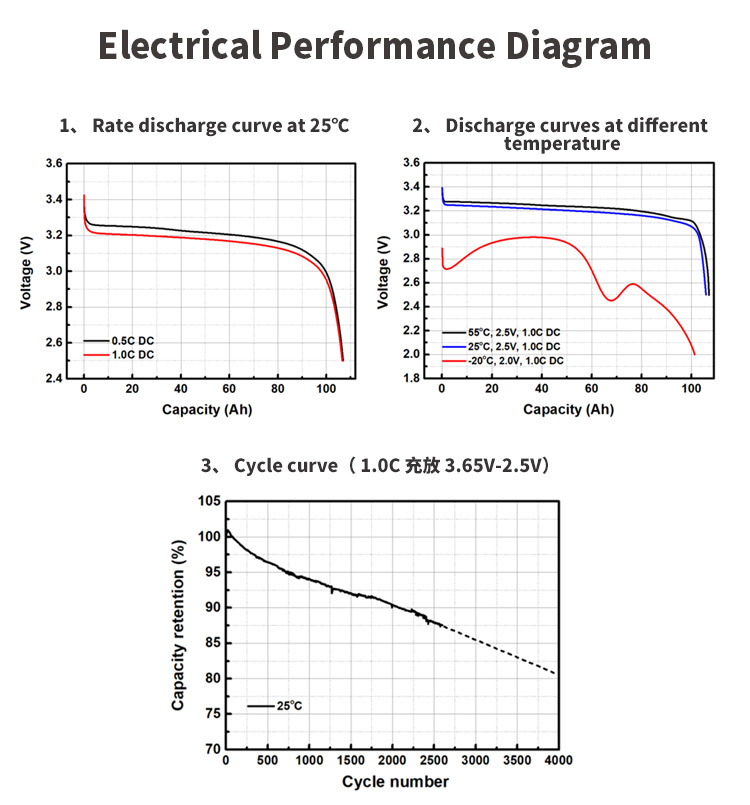
Get the right balance with Depth of Discharge (DoD) optimization
Implementing an optimized depth-of-discharge strategy that limits discharge to 80% or 90% of battery capacity can significantly extend cycle life. This approach reduces mechanical and chemical stress on the electrode, mitigating factors such as electrode cracking, solid electrolyte interface (SEI) layer growth, and particle degradation. Additionally, intelligent battery management systems play a vital role in optimizing the depth of discharge. Monitoring and controlling the depth of discharge through an intelligent battery management system ensures that the battery does not continuously operate at a shallow state of charge. Preventing deep discharge helps maintain a more stable voltage distribution, minimizes thermal stress, reduces battery capacity fading, and extends battery life.
Battery Management System (BMS)
The primary function of the battery management system (BMS) is to monitor the voltage of each battery in the 100Ah LiFePO4 energy storage battery pack. By continuously evaluating voltage levels, the BMS can identify imbalances between cells and prevent the 100Ah LiFePO4 energy storage battery from overcharging or discharging.
Temperature management is another essential function of BMS functionality. They operate optimally within a specific temperature range and are equipped with a BMS to monitor and control battery temperature. BMS maintains battery material integrity and extends overall service life. In implementing state-of-charge (SOC) estimation algorithms, accurate SOC estimation enables the BMS to prevent overcharging and deep discharge, both of which cause capacity fading over time. BMS can extend battery life by optimizing charge and discharge cycles by maintaining the battery within recommended SOC limits.
Regular maintenance of 100Ah energy storage LiFePO4 battery
Regular inspections ensure that the individual cells in a 100Ah LiFePO4 energy storage battery maintain balanced voltage levels. If an imbalance is detected, corrective actions can be taken to prevent overcharging or over-discharging specific cells, thereby mitigating capacity fading and promoting uniform aging of the entire battery pack. Monitoring and controlling the battery’s operating temperature helps prevent heat-related degradation mechanisms. Check for physical damage, loose connections, and signs of wear from daily use. By solving these problems, potential dangers can be eliminated, and the safe and reliable operation of the battery can be ensured.
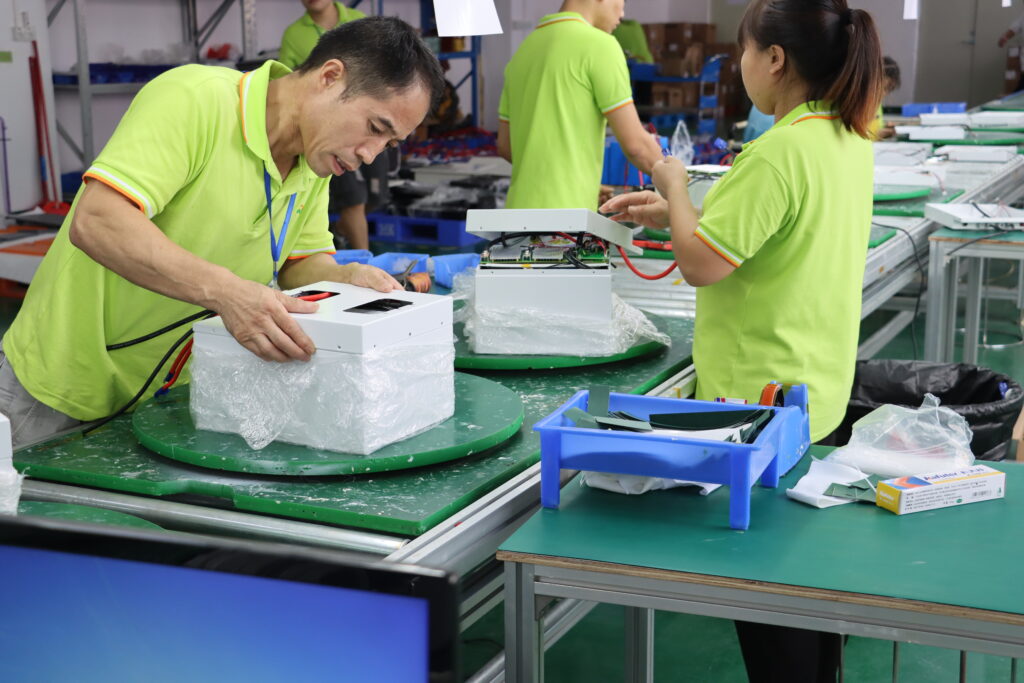
Allow users to use longer-lasting batteries
We must start from many aspects to overcome the capacity attenuation of the 100Ah energy storage LiFePO4 battery. Overall, we need to maintain the battery well daily and combine the BMS and other methods mentioned in the article to reduce the capacity attenuation to extend the service life. Longer lasting battery. I hope the suggestions given in this article can help you.

